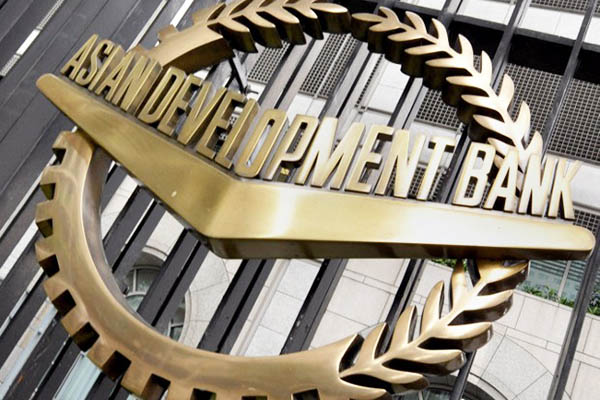
Jay Directo—AFP
The World Bank and Asian Development Bank (ADB) have both forecast economic growth in Pakistan sliding to less than 1 percent, with the former saying it will hit 0.4 percent and the latter 0.6 percent.
In its Pakistan Development Update 2023, the World Bank said that without public transfers that could cover income losses or mitigate the impact of higher prices, “poverty measured at the lower middle-income poverty line ($3.65/day 2017 PPP per capita) is projected to increase to 37.2 percent in FY23, pushing an additional 3.9 million people into poverty as compared to FY22.” Stressing that the “depth and severity of poverty has also increased,” it said this reflected the overlapping impacts of multiple shocks and households’ lack of savings to mitigate short-term impacts.
The Washington-based lender’s GDP growth rate estimate of 0.4 percent is down from the 2 percent it had forecast earlier this year, with Country Director for Pakistan Najy Benhassine admitting it was not easy to write a report on Pakistan amidst multiple crises, including the pending IMF program, exchange rate volatility and floods. However, he stressed, this highlighted the need for structural reforms.
“The resolution of Pakistan’s economic crisis requires a commitment to sustained macro-fiscal and structural reforms,” he said, adding this would also unlock additional financing and avoid a balance of payments crisis, while boosting private investor confidence and higher growth over the medium-term.
The report noted that the impoverished had been most negatively impacted by developments such as flooding and import restrictions on production and labor incomes in economic sectors that employ a large number of the poor, including agriculture and the textile industry. High food inflation, it warned, had significantly reduced the real purchasing power of all households, with a disproportionate impact on the poorest households who lacked savings to preserve consumption amid higher prices. The potential decline in international remittances was also having an impact, the report added.
“Downside risks to the outlook remain very high,” said Adnan Ghumman, who authored the report, citing politically-driven slippages in fiscal policy, constraints on foreign exchange liquidity and uncertainties around external funding inflows, rising levels of public debt, growing exposure of banks to the public sector, and political instability. Noting economic activity had remained subdued in the first half of 2022-23 due to agricultural losses cases by floods and difficulties in obtaining inputs, he said large-scale manufacturing had also contracted by 3.7 percent due to policy tightening and import restrictions. These factors, he said, had impacted the services sector amid record-high inflation.
Ghumman said the country’s external position had weakened despite a reduction in the current account deficit and consolidation efforts, adding the fiscal deficit had increased due to rising debt servicing. On top of this, the banking sector’s exposure to the sovereign has grown significantly in recent years and thus the macroeconomic outlook remained uncertain and depended on the effective implementation of critical reforms, he added.
The World Bank stressed that speedy revival of the IMF program was necessary to secure external refinancing and new disbursements to restore macro-stability and confidence.
ADB report
In its annual Asian Development Outlook April 2023, the ADB forecast Pakistan’s economic growth declining to 0.6 percent from 6 percent last year due to the prevailing political crisis, flood-linked losses, foreign exchange challenges, tighter macroeconomic policies, and a challenging external environment.
Urging speedy revival of the IMF program to curtail the decline in foreign exchange reserves, it said this would also address balance of payment challenges and unlock other foreign inflows. “The government must also identify financing sources to fill the external financing gap,” it said, while warning that risks to the outlook and IMF program implementation were high, tilting to the downside because of domestic and external challenges. “Macroeconomic conditions have deteriorated seriously in the current fiscal year, and Pakistan is at dire risk because international reserves have reached critical lows,” it warned, adding the economic outlook appears weak with substantial risks from slower global growth; and potential increases to energy and food prices.
It also warned that high inflation would affect purchasing power and thus restrain domestic demand, adding flood losses would continue to impact the people of Pakistan and their livelihoods.
